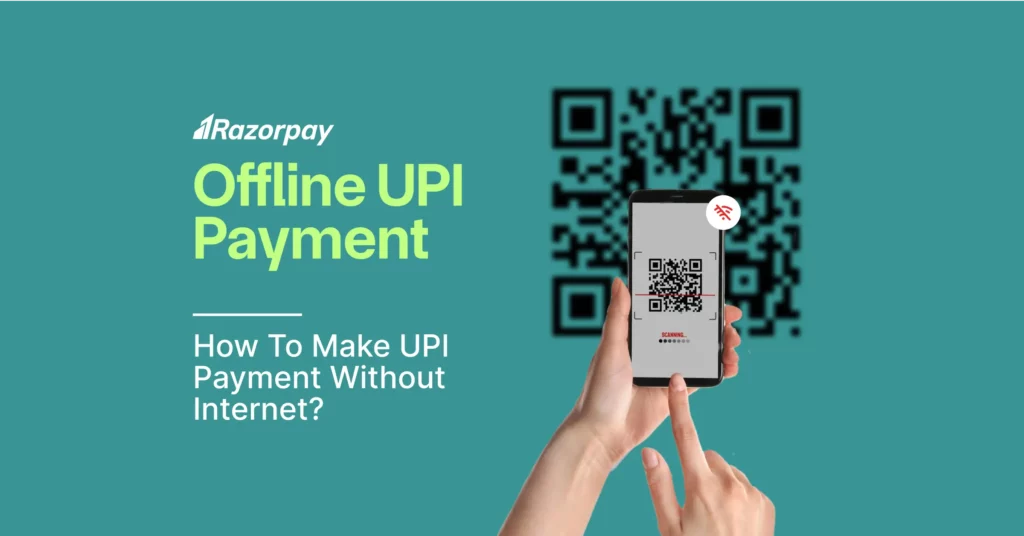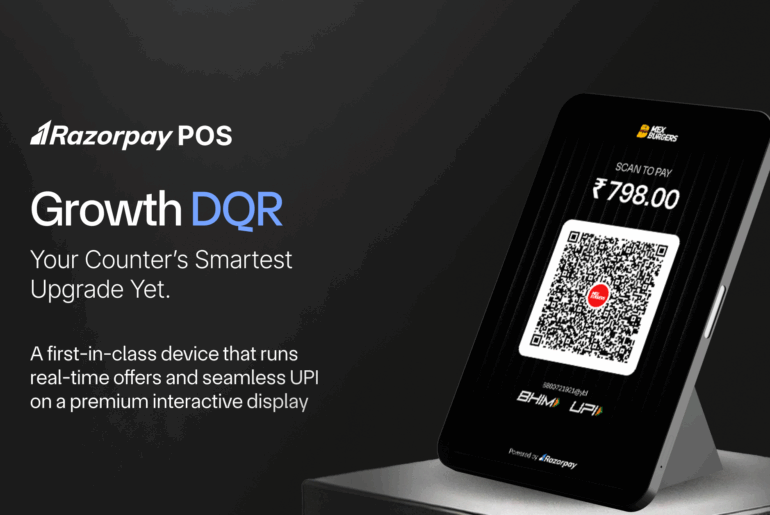Offline UPI transactions provide a solution for conducting digital transactions even in areas with poor network coverage. This service, based on the USSD code *99#, lets you perform various mobile banking transactions without an active Internet connection. You can transfer money, request funds, change your UPI PIN, and check your account balance anytime and anywhere.
Related Read: How to Reverse Wrong UPI Transactions?
Table of Contents
What is the Offline UPI Payment Number?
The UPI offline payment number is *99#. It authorises you to access UPI services without Internet connectivity. It is a nationwide service in collaboration with 83 leading financial institutions and 4 telecom service providers. Available in 13 languages, including English and Hindi, this service was initiated by the National Payments Corporation of India (NPCI) to facilitate UPI payments across multiple banks.
To use this service, simply dial the USSD number from your registered mobile number and follow the interactive menu on your mobile screen for transactions.
The current upper limit for transactions using this service is Rs. 5,000. These offline UPI transactions are chargeable at Rs. 0.50 per transaction.
Related Read: Is UPI Safe for Online Payment? – Tips to Stay Safe From Scams & Frauds
Benefits of offline UPI payments
1. Accessibility:
Works on any mobile device, even without an internet connection. You can make payments anytime, anywhere, without worrying about network issues.
2. Convenience:
Simple and easy to use, making it especially helpful for people in rural areas with limited internet access.
3. Security:
Transactions are secured with a UPI PIN, keeping your financial data safe. Whether you’re in a city or a remote village, security isn’t a concern.
4. Speed:
Even without the internet, payments are processed quickly, making it a reliable alternative to online transactions.
How To Set Up Offline UPI Payments?
- Dial *99# using your phone’s dialer to initiate offline UPI transactions.
- Select your preferred language from the list of 13 options.
- Enter your bank’s IFSC code in the text field as requested.
- You will see a list of all accounts registered with your mobile number on the screen. Select the desired bank account by entering the corresponding option (1, 2, etc.).
- Enter the last 6 digits and expiry date of your debit card to verify your identity.
- If all details are accurate, the offline UPI feature will be activated, and you can start making payments without Internet connectivity.
Related Read: What is Unified Payments Interface (UPI) and How it Works?
How To Make Offline UPI Payments?
If you are in an area with poor or no Internet connectivity, you can conduct offline UPI payments by following these simple steps:
- Open the dialer on your phone and enter the offline UPI number *99# to initiate the call to connect to the offline UPI payment service.
- Among the several options presented on the screen, select “1” for “Send Money”. This will allow you to initiate a payment transaction.
- Select which account you wish to transfer money from, i.e. UPI ID, mobile number, saved beneficiary, etc.
- If you have selected money transfer via mobile number, enter the mobile number of the receiver, which should be linked to their UPI ID.
- Input the amount of money you wish to transfer. Keep in mind that the amount should be less than Rs. 5,000 for offline transactions.
- Confirm the payment amount when prompted. Ensure that it is correct before proceeding with the transaction.
- The UPI system will prompt you to input your UPI PIN to validate the transaction. Type your UPI PIN accurately to proceed with the payment.
- After you input the correct UPI PIN, you can expect the payment to be successfully processed.
You can also disable this offline UPI service by dialling *99# from your registered phone number and following the instructions.
Read More: What is UPI ID and How to Create or Find One?
Tips for Using Offline UPI Payments
1. Keep Your UPI PIN Secure:
Never share your UPI PIN with anyone. Treat it like your ATM PIN and keep it confidential.
2. Double-check Beneficiary Details:
- Always verify the recipient’s details before confirming a transaction to avoid sending money to the wrong person.
3. Keep Your Phone Charged:
Make sure your phone has enough battery, as you may need to access multiple menus during the transaction.
4. Check for Charges:
Some banks may charge a small fee for *99# UPI transactions. It’s best to check with your bank to avoid surprises.
Conclusion
To access offline upi payment services, all you need to do is dial *99# from your registered mobile number with your bank. It is important to note that there is a low transaction limit for offline UPI payments, typically around Rs. 5,000 per transaction. While this limit may be restrictive for larger transactions, it still serves as a valuable solution in challenging situations where Internet connectivity is limited or unavailable.
Offline UPI payments provide a convenient and accessible way to make digital transactions without relying on an Internet connection. These services are available in multiple languages, making them inclusive for users across different regions of India.
Frequently Asked Questions (FAQs)
1. What are the benefits of offline UPI payments?
Offline UPI payments offer several benefits, the foremost being the ability to make digital transactions even in areas with poor or no Internet connectivity. This makes it convenient for businesses operating in remote locations.
2. What are the security measures for offline UPI transactions?
Offline UPI transactions employ various security measures to ensure the safety of your financial information. These include encryption techniques, secure authentication protocols and transaction verification methods. Although the transaction is processed offline, the security features provided by UPI payment gateway providers ensure that your sensitive data remains protected.
3. Can I check my offline UPI transaction history?
Yes, you can check your offline UPI transaction history by dialling the USSD code *99# and following the prompts on your mobile phone. You can access details such as transaction amount, date and recipient information. This feature allows you to keep track of your financial activities and maintain accurate records.
4. Are there any transaction limits for offline UPI payments?
Yes, there are transaction limits for offline UPI payments. The maximum limit per transaction for USSD-based transactions is typically set at Rs. 5,000. However, some banks may have different limits depending on their policies. It’s important to check with your bank or payment service provider to confirm the specific limits applicable to your account.
5. Is offline UPI payment available for all types of transactions?
Offline UPI payment is available for most types of transactions, including money transfers, bill payments and merchant payments. It offers a convenient way to make digital payments without requiring an active Internet connection. Whether you need to send money to a friend or pay bills when connectivity is limited, offline UPI payments provide a reliable solution.
6. Which company launched offline UPI?
The NPCI launched the offline UPI payment system. NPCI is an umbrella organisation for conducting retail payments and settlements in the country.



